
How to Get CE Certification in the USA?
If you are a U.S.-based manufacturing company looking to export products to Europe and wish to save 40% on CE certification testing costs, you can contact us. We are an IEC 17025 accREDited laboratory in China, offering low-cost solutions.
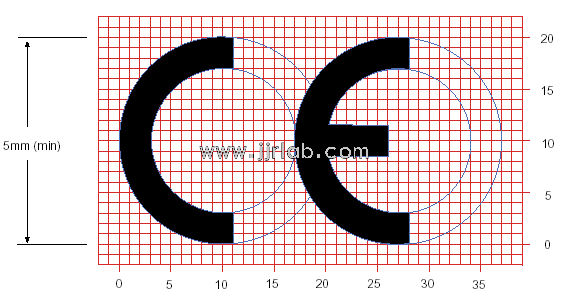
What is a CE certification Directive?
CE Certification Directives refer to a series of regULations and directives set by the European Union (EU) for different categories of products. These directives specify that products must undergo the appropriate testing and assessment procedures to confirm they meet the directive's requirements. Only products that comply with the relevant CE Certification Directive requirements can obtain the CE mark and be sold and circulated in the European market.
The main directives involved in CE certification include:
1. low voltage directive (LVD): For electrical equipment within certain voltage ranges.
2. Electromagnetic Compatibility Directive (EMC): For products’ electromagnetic interference and immunity.
3. Machinery Directive (MD): For machinery and mechanical components.
4. Radio Equipment Directive (RED): For products with radio functions.
5. Energy-related Products Directive (ErP): For products’ energy efficiency requirements.
6. RoHS Directive: Restricts the use of certain hazardous substances in products.
7. WEEE Directive: For the recycling and treatment requirements of electronic and electrical products.
Besides these main technical directives, CE certification also involves product-specific directives such as the Machinery Directive, Toy Safety Directive, Medical Devices Directive, Personal Protective Equipment Directive, etc. Each directive has different testing requirements.
Examples of Common Testing Items:
1. EMC Testing:
- Radiation Testing: Checks if the product generates electromagnetic radiation within legal limits during use.
- Immunity Testing: Tests the product's ability to operate normally without being affected by other devices in an electromagnetic environment.
2. Mechanical Safety Testing:
- Structural Strength Testing: Ensures the product’s structure is strong enough to withstand normal use and expected loads.
- Component Durability Testing: Assesses the durability and reliability of product components over their expected lifespan.
- User Safety Testing: Evaluates product safety for users, such as the safety of edges, sharp parts, and protective covers.
3. Electrical Safety Testing:
- Insulation Performance testing: Ensures the product’s insulation performance to prevent electric shock hazards during normal use.
- Grounding Testing: Evaluates whether the product’s grounding design and connections meet safety requirements.
4. CheMICal Substances Testing:
- Harmful Substances Testing: Detects harmful chemicals in the product, such as lead, cadmium, mercury, ensuring compliance with environmental and health standards like the RoHS Directive.
5. Radiation Testing:
- Spectrum Analysis: Evaluates the product’s output power and spectral characteristics within specific frequency ranges for compliance with radio spectrum use and propagation requirements.
6. Environmental Testing:
- Temperature and Humidity Testing: Tests product performance and reliability under different temperature and humidity conditions.
- Vibration and Shock Testing: Assesses the product’s resistance to vibration and shock to ensure normal operation during transport and use.
7. Safety Warning Labels and Instructions Evaluation:
- Safety Labels and Markings Evaluation: Checks if the safety labels and warnings on the product are clear and accurately provide safety warnings and usage instructions.
- Instruction Manual Evaluation: Assesses whether the product manual contains necessary safety and usage information and provides clear operating instructions.
CE Certification Principles:
1. Harmonized Legal Documents: EU directives stipulate only the basic requirements for products. This helps achieve free circulation of products within the EU.
2. EU Harmonized Standards: Basic requirements for CE certification are included in EU harmonized standards. Products can choose to apply these standards or other technical specifications to meet the directive’s basic requirements.
3. Voluntary Application of Standards: The application of EU harmonized standards and other standards is voluntary. Products can choose to apply these standards or other technical specifications to meet the directive’s basic requirements.
4. Product Meeting Harmonized Standards Confirmed to Meet Basic Requirements: Products that meet EU harmonized standards are confirmed to meet the directive’s basic requirements. This emphasizes the key role of harmonized standards in assessing product compliance.
5. Modular Concept of Assessment Methods: Introduces the modular concept of product assessment, composed of evaluation modules forming the product assessment procedure. Products assessed and approved according to the procedure use the CE mark, establishing a reliable assessment method.
6. Mutual Recognition Mechanism: Establishes a mutual recognition mechanism among member states, simplifying the previously complex system structure in product testing and certification.
7. Promoting International Trade: Uses mutual recognition agreements, cooperation, and other technical assistance projects to promote international trade among member states and between member states and non-EU countries.
Required Documents for Application:
1. Technical File:
- A technical file is one of the basic documents proving the product’s compliance with European regulations. It should include the product’s technical specifications, design and performance information, manufacturing process, material selection, and user manual. The file needs to thoroughly describe all aspects of the product to ensure regulatory authorities fully understand its characteristics and compliance.
2. Risk Assessment File:
- The risk assessment file records the various risks the product may pose and the measures taken to mitigate or eliminate these risks. This is a key document ensuring product safety.
3. Testing and Validation Reports:
- Products must undergo a series of tests to prove compliance with applicable European regulations and standards. Testing and validation reports should include performance tests, safety tests, EMC tests, etc., depending on the product type.
4. Evaluation Report from Certification Body:
- Manufacturers usually need to commission a European-recognized certification body to evaluate the product. The certification body provides an evaluation report indicating whether the product meets European regulations.
5. Declaration of Conformity:
- The declaration of conformity is a formal statement by the manufacturer regarding the product’s compliance. It should include basic product information, applicable European directives, standards and regulations cited, and detailed information about the manufacturer.
6. Product Samples:
- Regulatory authorities may sometimes require product samples for further testing and validation. Providing compliant samples can strengthen confidence in the product’s compliance.
7. User Manual and Labels:
- The user manual and product labels should contain necessary information to ensure users can correctly understand and use the product. This is also part of the CE certification.
8. Market Surveillance Plan:
- Manufacturers need to provide a market surveillance plan indicating post-market monitoring measures to ensure the product continuously complies with regulations and standards.
9. Authorization Documents for Traders and Agents (if applicable):
- If the product is represented in the European market by traders or agents, relevant authorization documents may need to be provided to prove their authority to represent the manufacturer.
Overall, preparing the documentation for applying for EU CE certification requires a detailed understanding of all aspects of the product to ensure regulatory authorities can comprehensively understand the product’s characteristics and compliance. Careful preparation and ensuring the completeness and accuracy of the provided documentation will help smoothly pass the ce certification process.
CE Certification Application Period:
The validity period of CE certification is usually five years, but this is not absolute. Some products may have a CE certification validity period of only one or two years. Specifically, the validity period depends on the nature of the product and the regulations it follows. For example, medical devices, due to their impact on human safety, may have a CE certification validity period of only one year, requiring annual re-certification. Ordinary electronic products may have a validity period of up to five years or more.
Moreover, even within the CE certification validity period, if significant modifications are made to the product or major safety hazards are discovered, re-certification may be required to ensure the product still complies with European standards.
Important Considerations:
1. Understand the CE Certification Directives and Standards:
- The EU CE certification involves numerous directives and standards covering product safety, EMC, environmental protection, etc. Companies must thoroughly understand the relevant directives and standards to ensure products meet all requirements.
2. Ensure Product Compliance with Relevant Standards and Regulations:
- Compliance with relevant standards and regulations is the basic requirement for CE certification. Companies should ensure products meet these requirements in design, production, and testing stages. Key components and materials should undergo quality checks and controls to ensure compliance with relevant standards and regulations.
3. Proper Use of CE Certification Mark:
- The CE certification mark is essential for entering the European market. Companies should properly use the CE certification mark, ensuring it complies with relevant regulations. The CE mark should be clearly, visibly, and legibly applied to the product.
In summary, EU CE certification is a critical step for companies entering the European market. World Link Testing suggests companies pay attention to understanding relevant directives and standards, choosing suitable certification bodies, ensuring product compliance with standards and regulations, properly using the CE certification mark, and continuously improving the product quality management system. This will help companies successfully pass CE certification, enter the European market, and achieve sustainable development.
---
Email:hello@jjrlab.com
Write your message here and send it to us
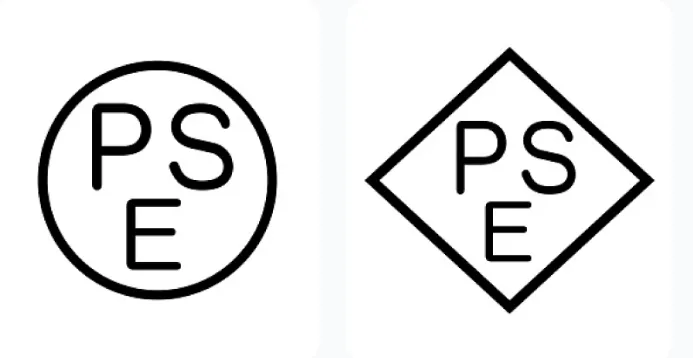 METI and PSE Certification for Japanese Electrical
METI and PSE Certification for Japanese Electrical
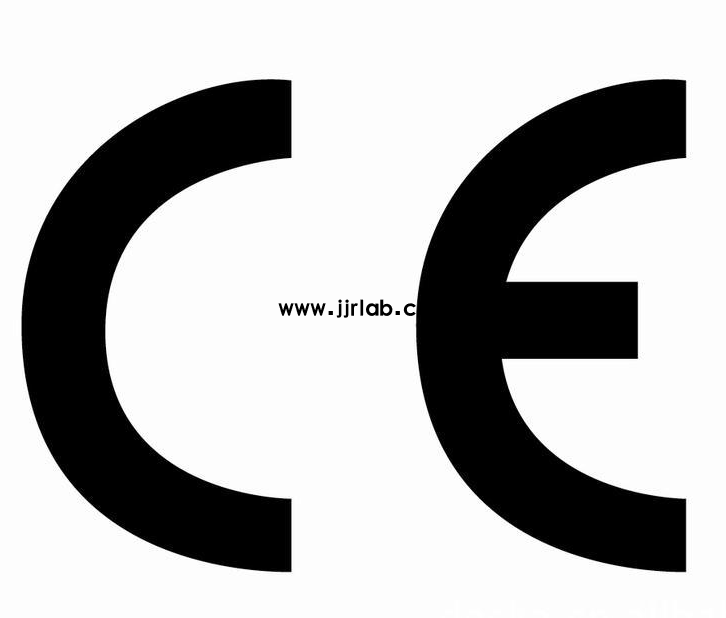 Electric Frying Pan CE Certificatio
Electric Frying Pan CE Certificatio
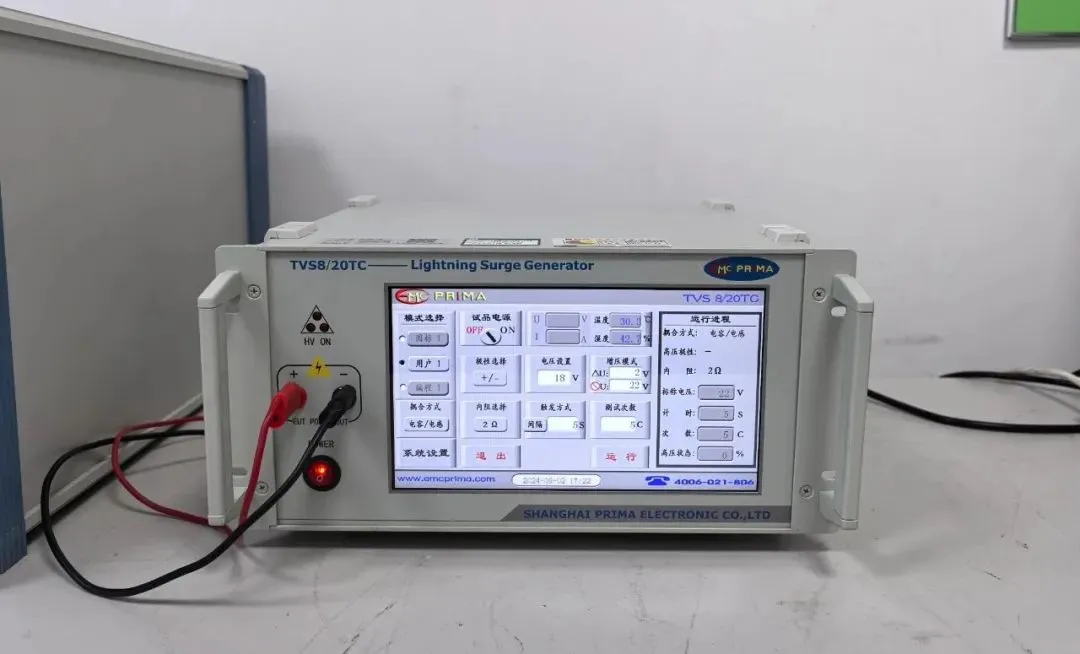 Electronic Products EMC ESD Test
Electronic Products EMC ESD Test
 Bluetooth/WiFi Product FCC ID Certification Proces
Bluetooth/WiFi Product FCC ID Certification Proces
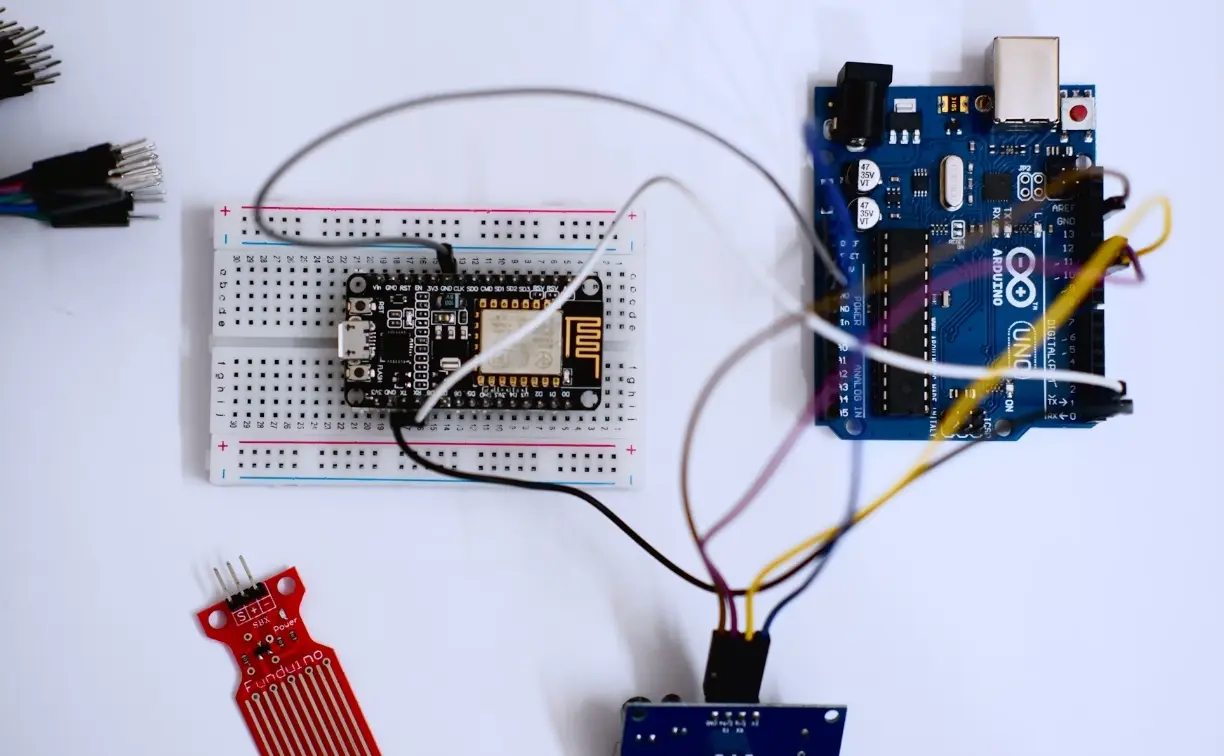 How to Know If My Product Needs Prop 65 Warning
How to Know If My Product Needs Prop 65 Warning
 SVHC Compliance Services
SVHC Compliance Services
 Toxicological Risk Assessments
Toxicological Risk Assessments
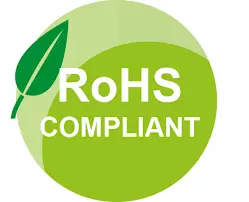 European REACH Requirements for a New Product
European REACH Requirements for a New Product
Leave us a message
24-hour online customer service at any time to respond, so that you worry!




